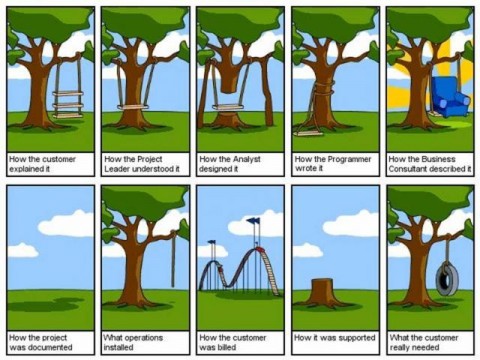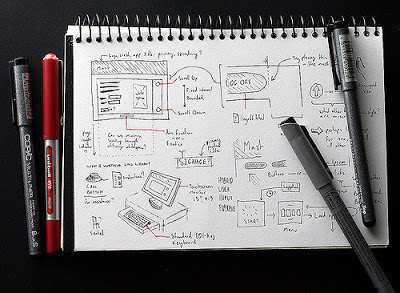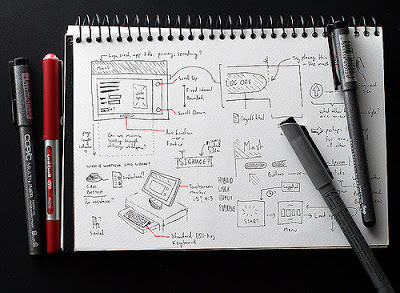- Requirement elicitation: Is the first step of creating a project. The client tells the programmer what they expect the program to do and how to do it. The information can be retrieved by interviews, observation, brainstorming, etc. The general process can be described as Discovering the needs of the costumer. (Discovering the needs of the costumer)
- Requirement specification: This is the process of documenting the previous requirements and analyzing them in order to optimize the project
Goldsmith, R. (2015). Use elicitation techniques to discover software requirements. October 28th, 2016, de Search Software quality Sitio web: http://searchsoftwarequality.techtarget.com/feature/Use-elicitation-techniques-to-discover-software-requirements
Rouse, M. (2007). software requirements specification (SRS). October 28th, 2016, de Search Quality Software Sitio web: http://searchsoftwarequality.techtarget.com/definition/software-requirements-specification









